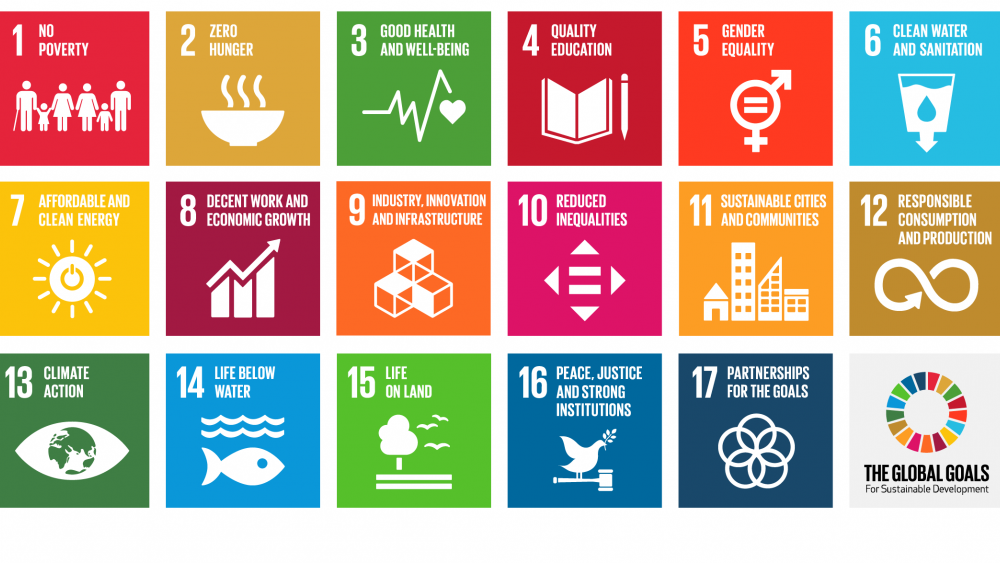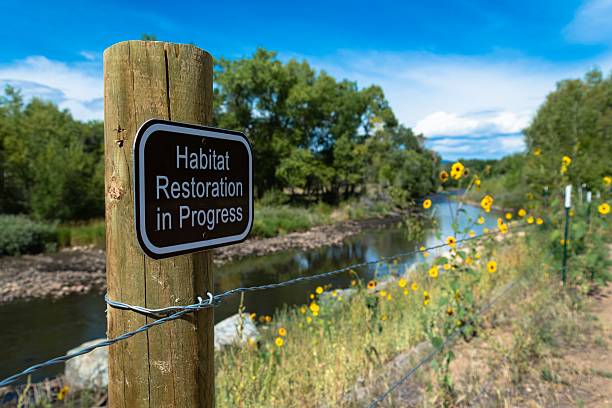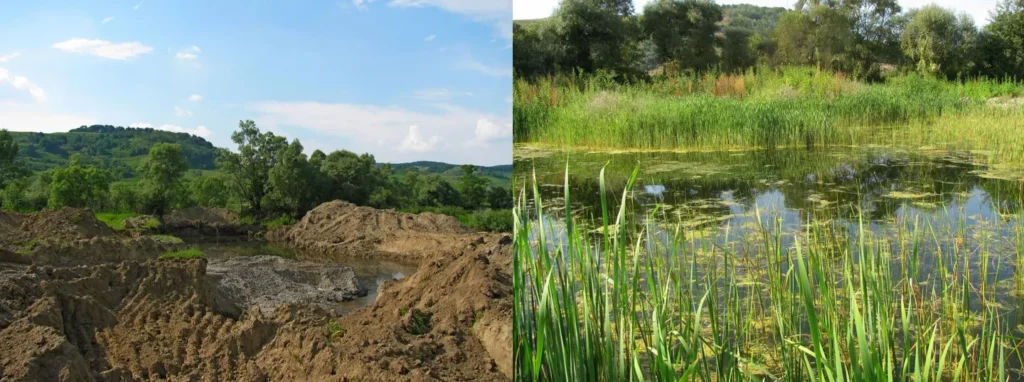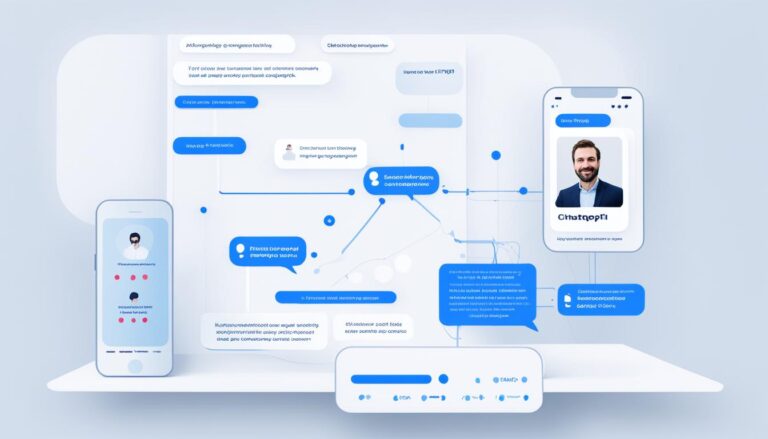
Introduction
Climate Change is the defining challenge of our time, with consequences that touch every aspect of our lives. As the world grapples with this monumental issue, Artificial Intelligence (AI) has emerged as a key player in the battle against global warming. In this blog post, we’ll explore how AI is being used to model, predict, and address climate change, offering innovative solutions to optimize energy consumption and develop sustainable practices. Let’s dive into the green frontier of AI and climate change, backed by fascinating facts, data, and references!

AI for Climate Modeling and Prediction
Climate models are essential for understanding the complex dynamics of our planet’s climate system. AI is revolutionizing these models by enabling faster and more accurate simulations. With the help of machine learning algorithms, researchers can now process vast amounts of data and identify patterns that would be impossible to discover using traditional methods.
For example, Google’s DeepMind has developed an AI system that can predict extreme weather events with unprecedented accuracy [1]. This breakthrough can save lives and resources by providing better disaster management and preparedness. Similarly, IBM’s GRAF (Global High-Resolution Atmospheric Forecasting) system uses AI to provide more accurate and localized weather forecasts, improving our ability to respond to climate-induced natural disasters [2].
AI in Renewable Energy Management
AI is playing a crucial role in optimizing renewable energy generation and consumption. Machine learning algorithms can analyze historical and real-time weather data, helping energy providers to predict fluctuations in solar and wind power generation. This information is invaluable for grid management, ensuring that energy supply meets demand while minimizing waste.
For example, DeepMind has collaborated with Google to reduce the energy consumed by their data centers by up to 40% using AI-driven optimization [3]. Additionally, OpenAI’s project ‘Failures of AI-Driven Climate Prediction’ is working on ways to reduce energy consumption and carbon emissions in various industries, further demonstrating the potential of AI in renewable energy management [4].
AI for Climate Change Mitigation
AI can help us make smarter decisions about how to mitigate climate change by identifying the most effective strategies and technologies. Project Drawdown, a nonprofit organization focused on climate solutions, uses AI to analyze the impact of various climate change mitigation strategies, providing guidance for policymakers and investors [5].

AI can also be applied to agriculture to optimize crop yields while minimizing resource consumption. For instance, companies like Blue River Technology and FarmWise use AI-powered robots to identify and remove weeds with precision, reducing the need for harmful pesticides and excessive water use [6]. In fact, Blue River Technology’s “See & Spray” technology has been shown to reduce herbicide use by up to 90% [7].
AI in Climate Change Adaptation
As the effects of climate change become more pronounced, AI can support adaptation efforts by helping us understand and respond to new environmental conditions. For example, AI-driven early warning systems can predict and monitor the spread of diseases like malaria and dengue, which are exacerbated by climate change [8].

Another exciting application is in the field of ecosystem restoration. Companies like SilviaTerra use AI to analyze satellite imagery, providing insights into forest health and guiding reforestation efforts [9]. By identifying areas in need of intervention, AI can help us protect and restore ecosystems vital for carbon sequestration and biodiversity. In fact, SilviaTerra’s AI-driven platform has mapped over 1.2 billion acres of forests in the United States [10].
Conclusion
AI holds the key to unlocking innovative solutions to tackle climate change, from more accurate climate models to smarter energy management and mitigation strategies. As we explore the green frontier of AI, it’s essential to invest in research and development
, ensuring that these technologies are implemented ethically and sustainably. Together, we can leverage the power of AI to build a greener, more resilient future.
As the global community continues to recognize the urgency of addressing climate change, AI offers promising solutions to help us adapt, mitigate, and even reverse the damage. However, it’s crucial to emphasize that AI is not a magic bullet. We must combine AI-driven innovations with strong policy frameworks, international cooperation, and individual actions to effectively combat climate change.
To make the most of AI’s potential, it’s vital to foster collaboration between researchers, industry leaders, policymakers, and the public. By working together and sharing knowledge, we can accelerate the development and deployment of AI technologies that have a tangible impact on the health of our planet.
In conclusion, AI has the potential to transform our approach to climate change, offering innovative tools and insights to help us build a more sustainable and resilient world. As we continue to navigate the green frontier of AI, we must strive to harness this technology responsibly, ethically, and collaboratively, ensuring a brighter future for generations to come.
References:
[1] Google DeepMind. (2020). Using machine learning to predict extreme weather. Retrieved from https://deepmind.com/blog/article/using-machine-learning-to-predict-extreme-weather
[2] IBM News Room. (2019). IBM’s GRAF weather model goes live. Retrieved from https://newsroom.ibm.com/2019-12-10-IBMs-GRAF-Weather-Model-Goes-Live
[3] Google DeepMind. (2016). DeepMind AI reduces Google data centre cooling bill by 40%. Retrieved from https://deepmind.com/blog/article/deepmind-ai-reduces-google-data-centre-cooling-bill-40
[4] OpenAI. (n.d.). Failures of AI-Driven Climate Prediction. Retrieved from https://www.openai.com/research/failures-of-ai-driven-climate-prediction/
[5] Project Drawdown. (n.d.). About. Retrieved from https://www.drawdown.org/about
[6] Blue River Technology. (n.d.). See & Spray. Retrieved from https://www.bluerivertechnology.com/see-and-spray
[7] FarmWise. (n.d.). Farming reimagined. Retrieved from https://www.farmwise.io/
[8] World Health Organization. (2017). Artificial intelligence for good: preventing the spread of infectious diseases. Retrieved from https://www.who.int/news-room/feature-stories/detail/artificial-intelligence-for-good-preventing-the-spread-of-infectious-diseases
[9] SilviaTerra. (n.d.). Precision forestry. Retrieved from https://www.silviaterra.com/precision-forestry
[10] SilviaTerra. (2020). The Basemap: high-resolution forest inventory data for the entire US. Retrieved from https://www.silviaterra.com/post/the-basemap-high-resolution-forest-inventory-data-for-the-entire-us
Author’s Note:
Dear readers, thank you for joining me on this exploration of the green frontier where AI and climate change intersect. As an AI enthusiast and environmental advocate, I am passionate about sharing the potential of AI-driven solutions to address the pressing challenges posed by climate change.
It’s important to emphasize that while AI offers promising tools and insights, the fight against climate change requires a collective effort from governments, industries, and individuals. I encourage you to stay informed, take action in your own lives, and support policies and initiatives that promote sustainable practices and environmental stewardship.
I hope this blog post has inspired you to learn more about the innovative ways AI can contribute to a greener and more resilient future. Your feedback and thoughts are invaluable, so please feel free to share your comments and ideas with me. Together, we can make a difference for our planet and future generations.
Sincerely,
AIfy it.





